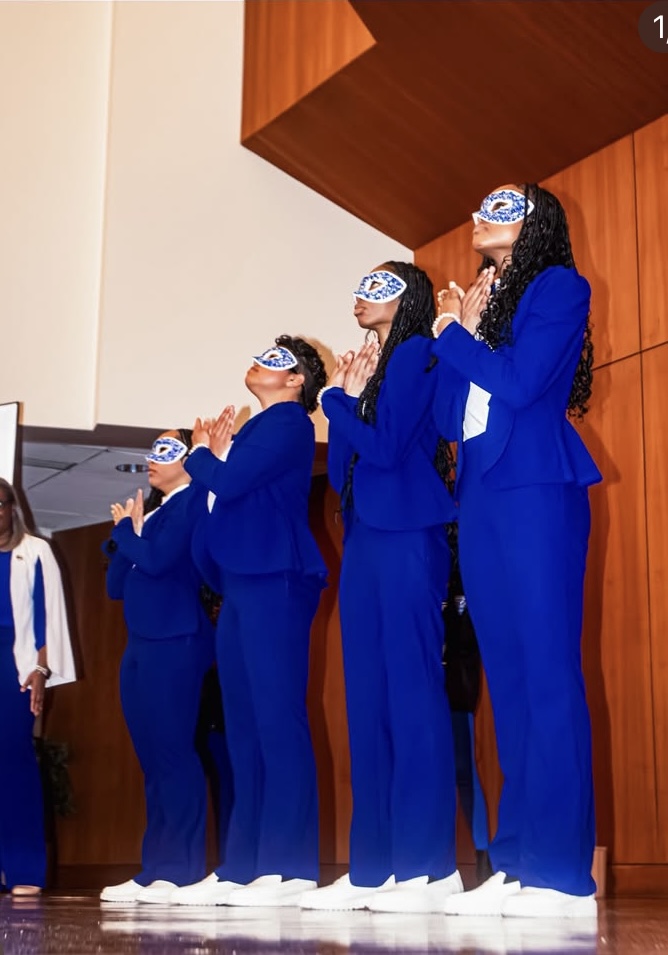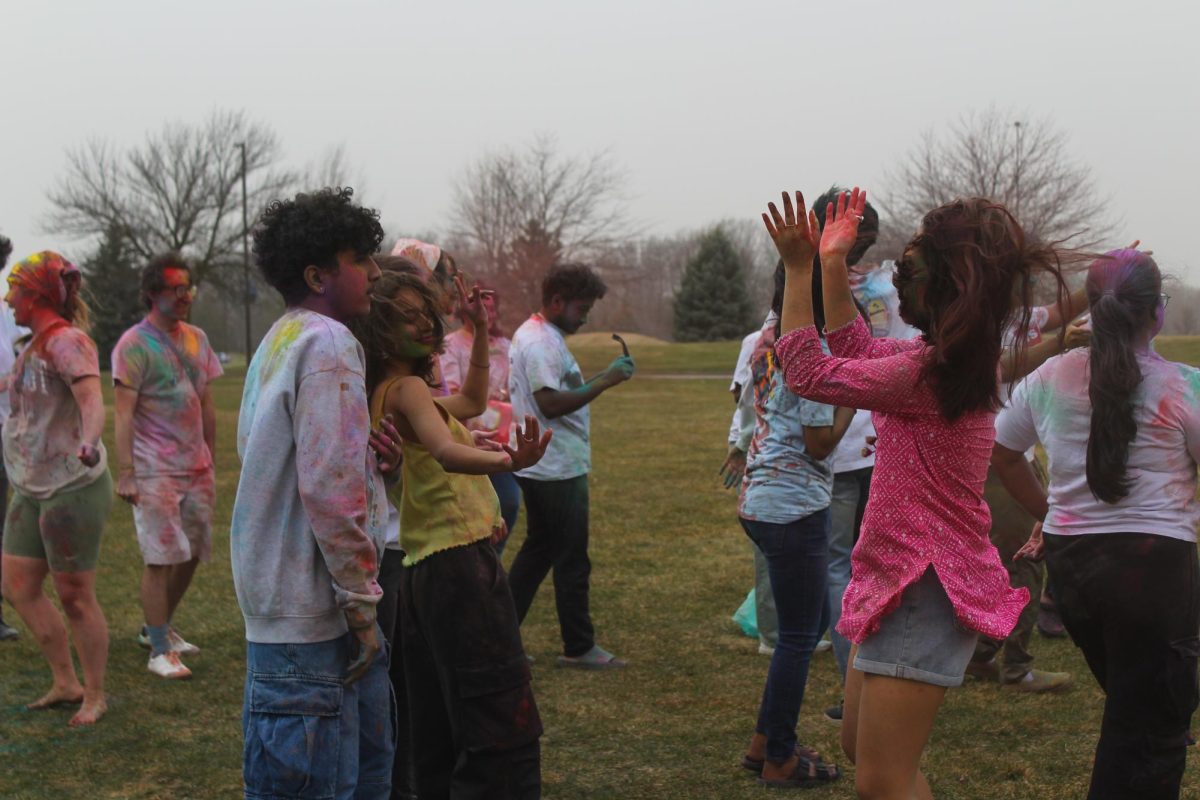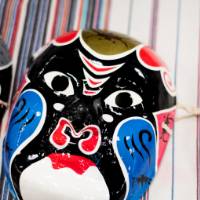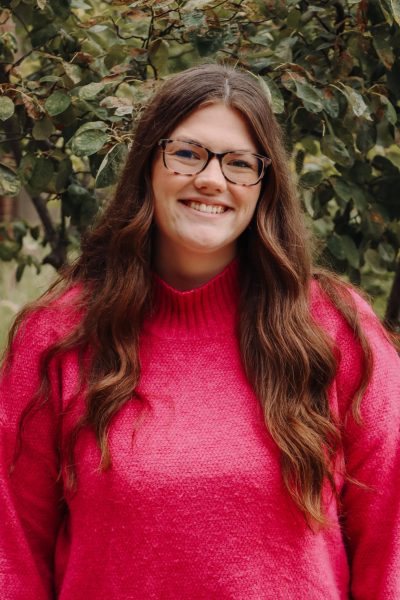The Grand Valley State University Solar Racing Team has been working on building their solar-powered car since 2019. The team meets year-round to work on designing, problem-solving and ultimately building a solar-powered car.
Once the car is road-ready, the team hopes it will be able to compete in both the Solar Sun Grand Prix and the American Solar Challenge. This would be the first time the team would participate in the competition. The organization hopes this would be an opportunity to showcase its commitment to creating the solar-powered car and bring the team to a new level.
The team initially started building the solar-powered car before the COVID-19 pandemic. During shutdowns, the organization lost momentum after not being able to meet regularly, halting the build process. However, in late 2021, President Brian Farrell and Vice President Patrick Vidovic brought new life to the team resuming the project.
The design process can be lengthy, but a large draw for members of the Solar Racing Team is the learning and hands-on aspects of it. The entire design and build of the car are student-made.
“We are putting the full (solar) panels together. We have 400 individual batteries, we’re putting them all together and making sure they are in the right set-up, we have a management system that we are implementing,” Farrell said. “We have all this code that is monitoring all our systems, our lights, our screens, we are doing all that ourselves. We are writing all that code.”
When the car is ready, Vidovic said the team plans to compete in the Solar Sun Grand Prix, where the cars race on a road-style closed course to test the solar car’s ability to handle curves, as well as the braking and acceleration. Once their car is deemed safe through the event, they can compete in the American Solar Challenge, a 1,500-2,000 mile race between multiple cities across the country.
“We are starting to put together and prototype our student designs for the physical components and are setting the car to be rolling within the summer,” Farrell said. “We’re making our own solar panels which should be done by the end of fall 2024 as we plan to race the car nationally in the summer of 2025.”
Currently, the team is working on finalizing their design for the car’s suspension and hopes to have the car on wheels over the summer.
“Our suspension, unless it is pure metal, we are not buying anything. We are hand making a lot of it, (the car is) handmade and student-designed,” Farrell said.
The team also recently purchased the motor for the vehicle and will install it over the summer. In the meantime, the team continues to solidify design elements and delegate tasks to students who are most interested allowing students more hands-on experience.
“When I came in (to the club), I was able to have hands-on experience with topics very relevant in my field right away. I was able to build up a system from the ground up, so it was a great experience for in the future for when I graduate,” said Jack Lukomski, a GVSU senior and software developer for the team. “I was able to learn a new (software) principle, called RTOS. It’s super relevant and you don’t really learn it through the school, but through the club I was able to learn it and get experience on building a system in RTOS.”
Designing and building a solar-powered car is not a small feat, and a project this big comes with large costs for materials. The team is funded primarily through community sponsors, but they also are funded through donations and money the team gets allocated to them through the Student Life Fund available to all registered student organizations through the Student Senate. For instance, with the combined funds they acquired through the Student Senate and their community sponsors they bought their motor for roughly $22,000 USD from a specialty manufacturer in Australia. Aside from the large cost associated with the project, Farrell described that the process of building a solar-powered car takes years.
Although the club has the obvious major engineering component, Vidovic and Farell said they would love to see students from other disciplines join. They would love to have some marketing students help run the social media or business students to help in garnering community sponsors.
“The goal I push for is giving people the ability to apply what they learned in class and to branch out into new skills. Financial management for those who have never had to deal with that, community outreach, sponsorship management, technology not explored deeply in class sparking research,” Farrell said. “I see the team as a way to generate new ideas in a ton of different fields because we don’t have a bottom line to keep, we get to play around with business and design methods and techniques, truly pushing that learning and creative environment.”










